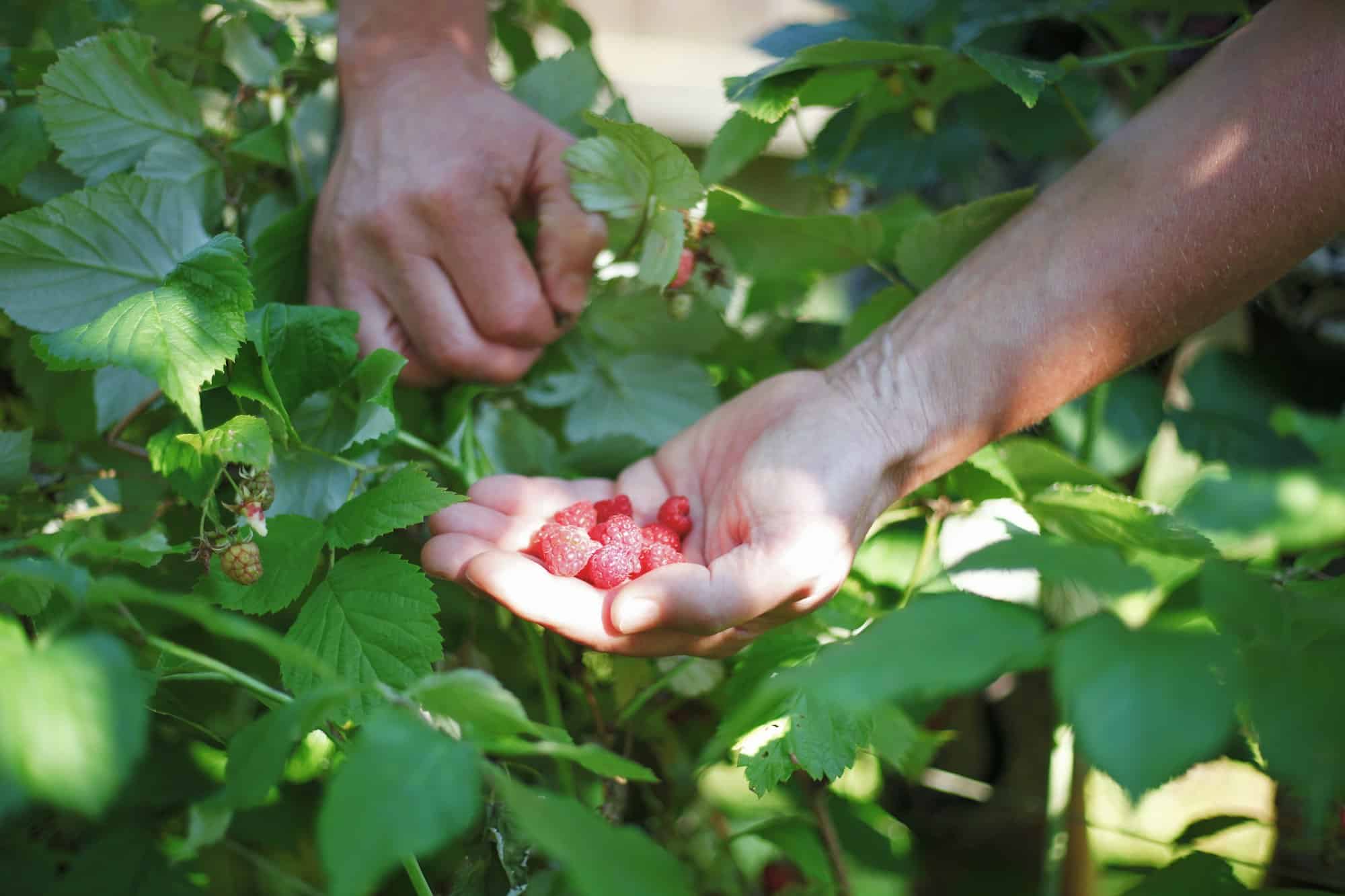When it comes to your garden, privacy is a paramount concern. Many of you seek ways to create an intimate, secluded space where you can relax, entertain, and enjoy nature without feeling exposed. Hedges play a crucial role in achieving this goal. Not only do they provide visual privacy, but they also absorb noise, acting as natural barriers against traffic sounds and loud neighbours.
But which native hedging plants are the best for privacy and sound absorption? This article aims to answer that question by exploring a selection of evergreen and deciduous species that are particularly effective in safeguarding your garden’s seclusion and tranquility.
A lire également : How to Design a Space-Efficient Corner Workspace in a Multifunctional Room?
Evergreen Hedging Plants
Evergreen plants keep their leaves all year round, providing consistent privacy and noise reduction. They offer a lush, green backdrop for your garden, regardless of the season.
Laurel
One of the most popular choices for evergreen hedging is the laurel. Available in several species, laurels can grow into tall, dense hedges that are ideal for privacy. Common laurels, for example, have large, glossy leaves that reflect light and create a vibrant green wall.
Sujet a lire : What’s the Most Space-Efficient Way to Store a Large Shoe Collection?
In addition to their aesthetic appeal, laurels are excellent for sound absorption. Their thick foliage works to reduce noise by deflecting and absorbing sound waves. Furthermore, laurels are fast-growing plants, which means you can achieve a sizeable hedge in relatively short order.
Privet
Another evergreen plant suitable for hedging is the privet. This plant can withstand heavy pruning and shaping, allowing you to maintain a tidy, uniform hedge. Privets have dense, small foliage that forms a robust barrier against both noise and prying eyes.
What sets privet apart is its flowering ability. In the summer, privet hedges bloom with small, fragrant flowers that attract bees and other pollinators. This not only adds a charming appeal to your garden but also promotes biodiversity.
Deciduous Hedging Plants
Deciduous hedges may lose their leaves in autumn, but their thick branching structure can still offer privacy. During spring and summer, these plants provide ample foliage and often vibrant flowers.
Honeysuckle
Native to many parts of the world, honeysuckle is a favourite among gardeners for its aromatic flowers and fast-growing nature. As a hedge, honeysuckle can quickly create a thick, flowering screen that not only provides privacy but also adds a burst of colour and fragrance to your garden.
Although honeysuckle loses its leaves in the winter, its intertwined branches and vines can still offer a level of privacy. Moreover, the plant’s dense growth is effective in absorbing and reducing noise.
Hawthorn
Hawthorn is a classic choice for hedging, particularly in rural or wild gardens. In spring, hawthorn hedges put on a stunning display of white or pink flowers, followed by red berries in the autumn. This makes them a visually appealing choice for a garden boundary.
The dense, thorny growth of hawthorn hedges makes them excellent for privacy. The thorns may deter intruders, while the dense growth of branches and leaves provides a sound barrier. However, care should be taken when pruning due to the thorny nature of this plant.
Hedging Plants for Specific Purposes
While most hedging plants can provide privacy and noise reduction, some species are particularly well-suited for specific purposes.
For Noise Reduction
If noise is a significant concern, consider plants like the evergreen holly. With its dense, prickly leaves, holly forms an excellent sound barrier. Besides, it adds a touch of winter interest with its bright red berries.
For Fast Growth
If you need a hedge quickly, opt for a fast-growing species such as the Leylandii. This evergreen can grow up to a metre per year. However, it requires regular pruning to keep it under control.
Choosing the right hedging plant will not only enhance your garden’s privacy and tranquility but also contribute to its overall beauty and biodiversity. Whether you prefer the year-round green of evergreens like laurel and privet or the seasonal charm of deciduous species like honeysuckle and hawthorn, there are numerous options to fit your needs. Don’t forget to consider the specific requirements of each plant, such as soil type, sunlight, and care level, to ensure that your hedge thrives.
Low Maintenance Hedging Plants
When considering hedging plants, maintenance is a crucial factor to consider. Many gardeners prefer low maintenance hedges, which require less care but still provide excellent privacy and noise reduction. These include species like the boxwood and the cherry laurel.
Boxwood
The boxwood, an evergreen shrub, is an excellent choice for low maintenance hedging. Known for its small, glossy green leaves, boxwood forms a dense, compact hedge. Its slow growth rate means that it doesn’t require frequent pruning, making it a good choice for those with limited time.
Moreover, boxwood is not just a pretty face; it’s also effective for noise reduction. The tight-knit structure of its foliage helps to reduce noise pollution, creating a quieter, more peaceful garden environment. Boxwood is also very hardy, able to withstand many different weather conditions, making it a great all-round choice.
Cherry Laurel
The cherry laurel is another low maintenance, evergreen hedge plant. It has large, glossy, dark green leaves that provide a dense barrier year round. Cherry laurel is also a fast-growing plant, reaching maturity quicker than many other hedging species. This means you can establish a privacy screen or noise barrier in a relatively short time.
Cherry laurel hedging is not only practical but also aesthetically pleasing. In spring, cherry laurels produce spikes of white flowers, adding a touch of beauty to your garden. Later in the year, these flowers give way to small, dark berries. Although the berries are not edible for humans, they provide food for birds and other wildlife, supporting local biodiversity.
Conclusion
Hedging plants are essential elements in any garden, providing privacy, reducing noise, and adding beauty. The choice of hedging plants is vast, from fast-growing species like Leylandii and honeysuckle to low maintenance options like boxwood and cherry laurel.
When selecting your hedge plants, consider your specific needs – whether it’s noise reduction, quick growth, or low maintenance. Also, keep in mind the conditions of your garden, including soil type, sunlight exposure, and the level of care you can provide.
Remember, a well-chosen hedge is not just a barrier; it’s a living, breathing part of your garden that contributes to the overall aesthetic and biodiversity. Whether it’s the evergreen shrub privet ligustrum, the semi-evergreen honeysuckle, or the classic laurel hedging, the right choice can help turn your garden into a secluded, tranquil sanctuary.
In summary, hedging plants, with their green leaves and potential blooms, provide not just privacy and noise reduction, but also a visual treat. These living walls can truly enhance your enjoyment of your garden, year round.











